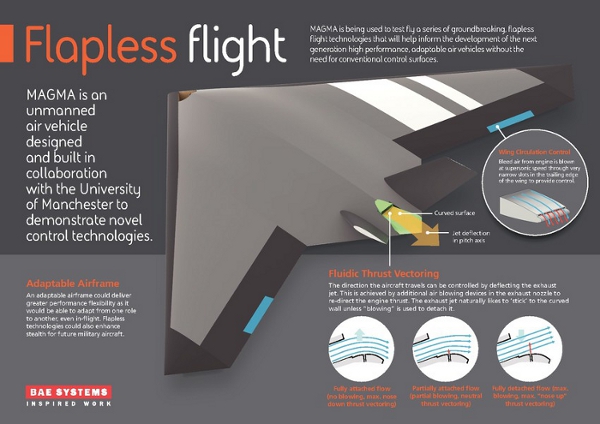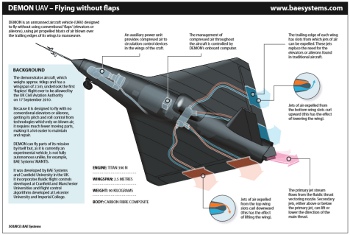 |
| February 27, 2018 | Volume 14 Issue 08 |
Designfax weekly eMagazine
Archives
Partners
Manufacturing Center
Product Spotlight
Modern Applications News
Metalworking Ideas For
Today's Job Shops
Tooling and Production
Strategies for large
metalworking plants
Wings:
Jet-powered UAV tests flapless blown-air control system
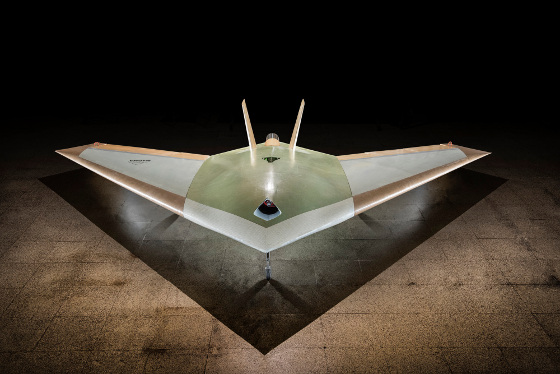
MAGMA UAV demonstrator. [All images courtesy: BAE Systems]
When we think of things that fly, they usually have wings with some kind of moving parts. Even Superman had to thrust his arms forward. But engineers at BAE Systems, along with a team of researchers at the University of Manchester in the U.K., have built and flown a jet-powered unmanned aerial vehicle (UAV) that is trying out a new type of aircraft control. They call it "flapless flight."
The developers have successfully completed the first phase of flight trials with MAGMA, their small-scale UAV with a 13-ft wingspan that uses a supersonic blown-air system to maneuver the 88-lb aircraft. Because it is designed to fly with no conventional elevators or ailerons -- it gets its pitch and roll control from technologies that rely on blown air -- it requires fewer moving parts, making it a lot easier to maintain and repair. The aim is to pave the way for future stealthier aircraft designs.
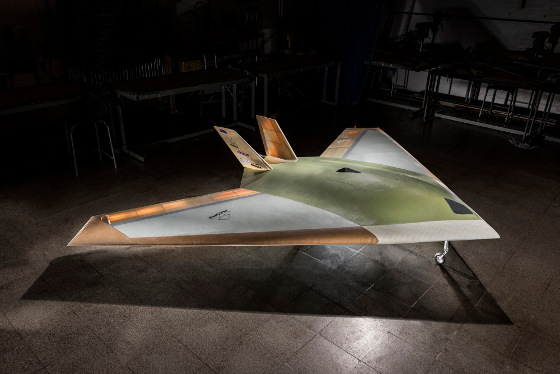
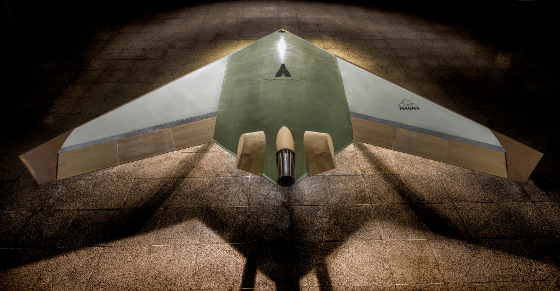
The team is working on perfecting two main technologies:
- Wing Circulation Control, which takes air from the aircraft engine and blows it supersonically through the trailing edge of the wing to provide control for the aircraft, and
- Fluidic Thrust Vectoring, which uses blown air to deflect the exhaust, allowing for the direction of the aircraft to be changed.
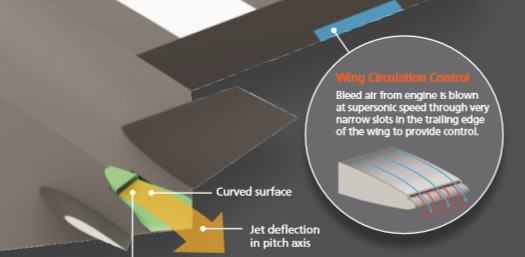
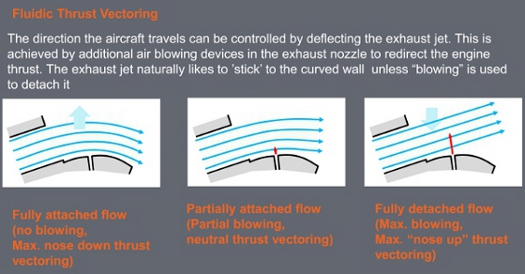
The researchers say an adaptable airframe such as this one could deliver greater performance flexibility as it would be able to adjust from one role to another quickly, even in flight. Flapless technologies could also enhance stealth for future military aircraft.
The flight trials are part of an ongoing project that forms the basis for a wider, long-term collaboration between industry, academia, and government to explore and develop innovative flight control technology. Further flight trials are planned for the coming months to demonstrate the novel flight control technologies, with the ultimate aim of flying the aircraft without any moving control surfaces or fins at all. If successful, the tests will demonstrate the first-ever use of such circulation control in flapless flight on a gas turbine aircraft and from a single engine.
Additional technologies to improve the performance of the UAV are being explored in collaboration with the University of Arizona and the NATO Science and Technology Organization.
VIDEO: Flight testing of the MAGMA aircraft at Snowdonia Aerospace Centre, Llanbedr Airfield, Sept. 2, 2017 (ground camera). [Credit: Alex Bennetts, University of Manchester]
The project is a direct evolution of technologies developed by BAE Systems and Cranfield University in the U.K. on a 200-lb UAV with an 8-ft wingspan called DEMON. That semi-autonomous demonstrator, which looks more like a traditional jet fighter (with modified V wings) and less like a mini stealth bomber, features fluidic flight controls developed at Cranfield and Manchester Universities and flight control algorithms developed at Leicester University and Imperial College, all in the U.K.
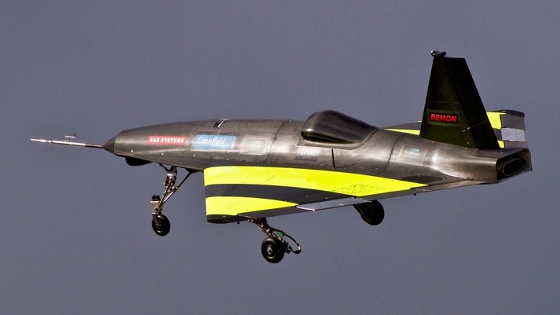
DEMON flight demonstrator.
DEMON uses an auxiliary power unit to provide compressed air to circulation control devices in the wings of the craft. The management of compressed air throughout the aircraft is controlled by DEMON's onboard computer.
The trailing edge of each wing has slots from which jets of air can be expelled (these look like flaps in the photo). Jets of air expelled from the bottom wing slots curl upward (this has the effect of lowering the wing). Jets of air expelled from the top wing slots curl downward (this has the effect of lifting the wing). The primary jet stream flows from the fluidic thrust vectoring nozzle at the rear of the aircraft. Secondary jets, either above or below the primary jet, can lift or lower the direction of the main thrust.
DEMON carries the distinction of undertaking the first "flapless" flight ever to be allowed by the U.K. Civil Aviation Authority. That initial flight trial happened on Sept. 17, 2010.
Source: BAE Systems
Published February 2018
Rate this article
View our terms of use and privacy policy

